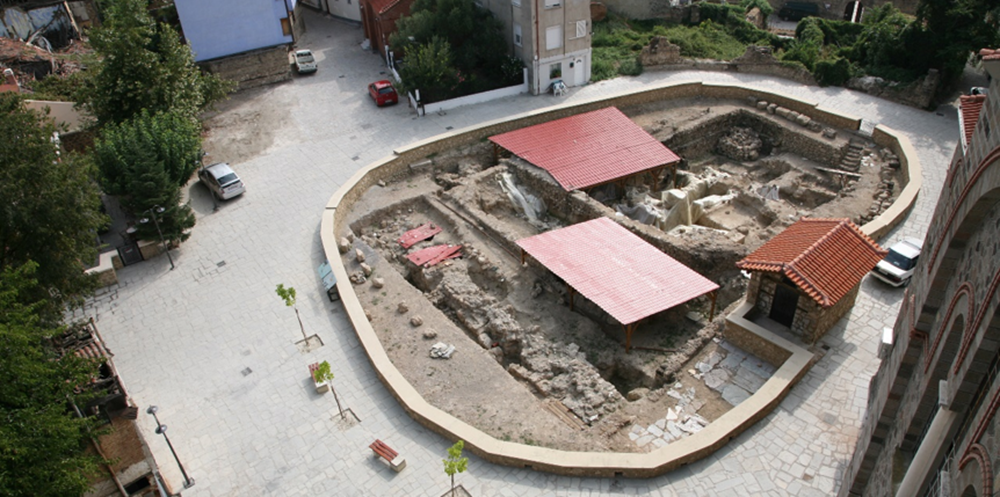
Completed by the competent services of the Ministry of Culture the studies for the maintenance, restoration and promotion of the archaeological site of Varosio Square, in Edessa, where parts of the city’s fortification have been revealed, during the excavation surveys in the context of the project of the configuration of Varosio Square and the access routes. The aim of the studies is to consolidate the remains and highlight them while addressing structural and building problems and strengthening the structural adequacy of the walls. The conservation study includes a description and pathology of the fortifications and other structures, sampling of mortar and stone and proposed restoration interventions.
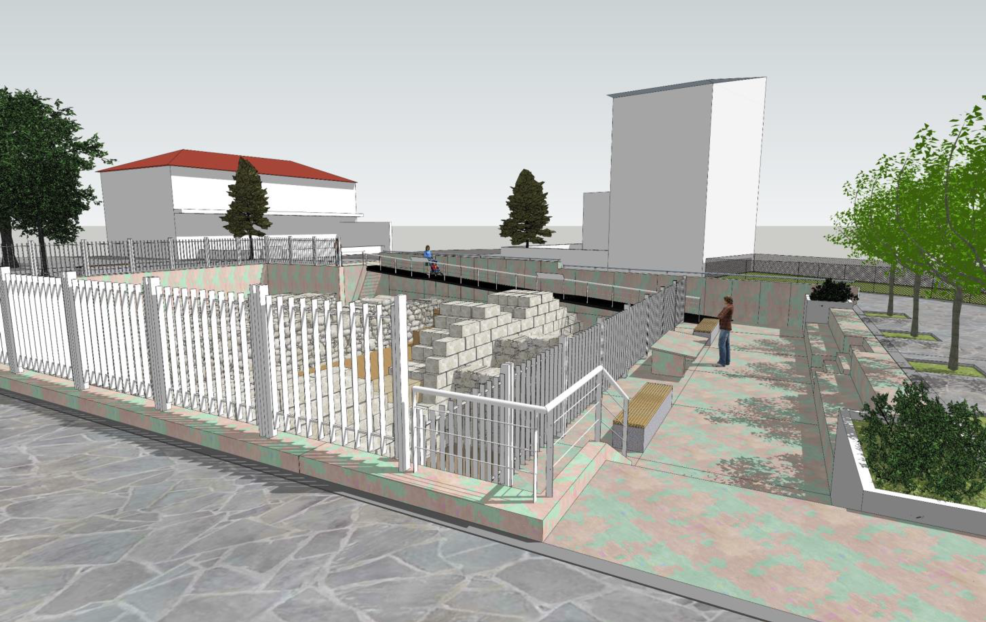
The Minister of Culture, Lina Mendoni, said: “The studies concern the restoration and promotion of the archaeological site of Varosio Square in the eponymous preserved quarter of Edessa, which is the historical continuation of the ancient acropolis and the Byzantine castle of Vodenes. The archaeological site includes part of the city’s fortification from the Hellenistic to the late Byzantine period. Parts of the Hellenistic wall with its late Roman reinforcements, the early Christian rampart and the late Byzantine wall have been excavated. The fortifications had a defensive and protective character against the strong flow of the Edessa River, which often flooded the area. The remains of the fortifications that have been uncovered are in a rather poor state of preservation. They show damage, caused by natural ageing of the materials, but mainly by human activities, such as the extensive use of the materials in newer buildings. This unique archaeological site within the city of Edessa, which is open to visitors, needs maintenance and enhancement, as its current appearance, with its makeshift roofs and excavation cuts, makes it unreadable to visitors. The planned interventions have the character of protection and promotion of the remains of the fortification layers and are part of the cultural projects implemented by the Ministry of Culture in monuments and archaeological sites of the city and the wider region of Edessa, which cover the spectrum of all historical periods.”
The three reinforcements of the Hellenistic wall show serious structural problems and only small parts of them are in relatively good condition. Above the level of the walls, part of the foundations and the floor of the post-Byzantine Church of Hypapanti was uncovered. The architectural finds frustrated the municipality’s original plan for the redevelopment of the site and forced the preservation of the excavation pit, which for safety reasons was enclosed with a surface stone wall. In 2008, a new study was drawn up for Varosio Square for the conservation, restoration and promotion of the fortifications and other buildings, which was also not implemented. Since then, the archaeological site has remained unimproved, with temporary shelters, temporary supports and no substantial maintenance and restoration of the fortification finds.
The restoration interventions include the removal of the deposits covering the monument and the exploration of the parts that will be revealed, the restoration of the damaged external walls of the masonry so that the two sides of the monument have a similar height. In the case of the Hellenistic wall, it is proposed that it should reach up to the tenth boom. For the post-Byzantine Church of the Hypapanti, it is proposed to restore and locally recover the masonry. The creation of a viewing platform, the construction of a ramp on the eastern side of the pit, the installation of fencing for the protection of the monument, the installation of information panels and a base for a tactile map of the archaeological site are also planned.The lighting proposed to be installed is divided into lighting for the promotion of antiquities and security lighting.

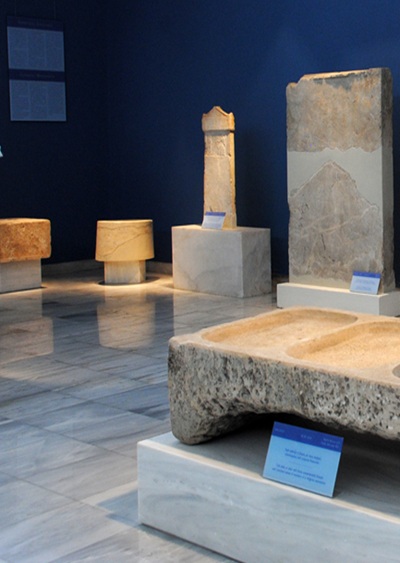
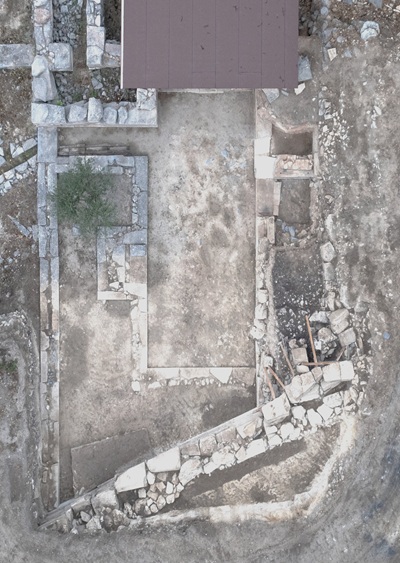
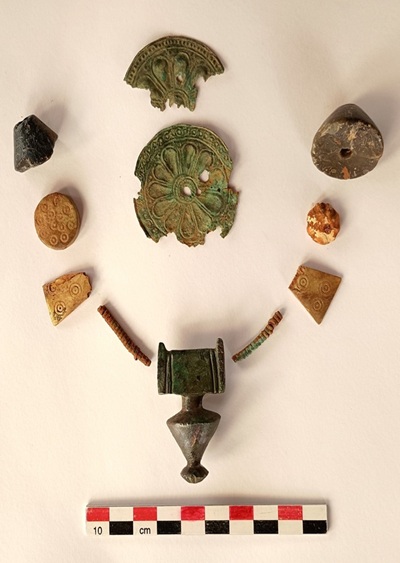
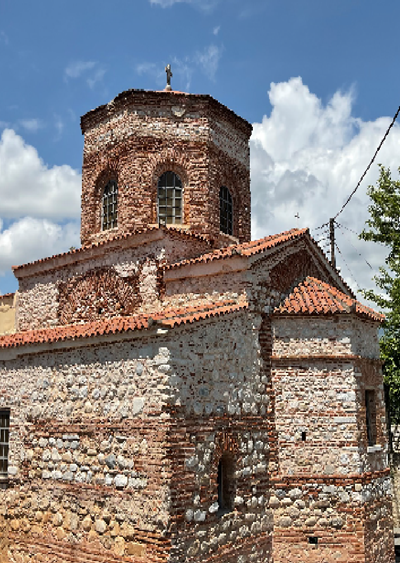


Leave A Comment